
Fluid Mechanics - Engineering
Q1: Cavitation in a centrifugal pump results fromA high discharge pressure
B low barometric pressure
C high discharge velocity
D high discharge rate
ANS:B - low barometric pressure Cavitation in a centrifugal pump results from low discharge pressure. Here’s an explanation: Cavitation occurs when the pressure of the liquid drops below its vapor pressure, causing the formation of vapor bubbles within the pump. In the context of a centrifugal pump:
|


For help Students Orientation
Mcqs Questions
One stop destination for examination, preparation, recruitment, and more. Specially designed online test to solve all your preparation worries. Go wherever you want to and practice whenever you want, using the online test platform.

